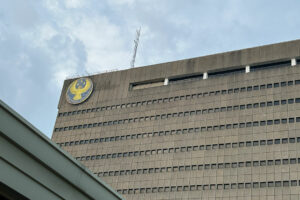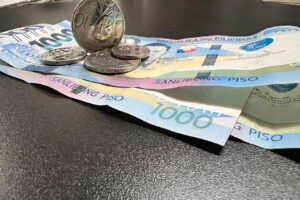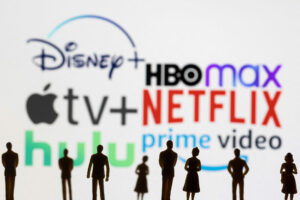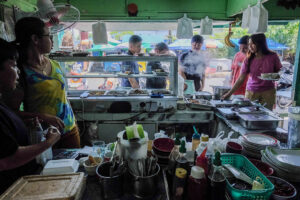The Bangko Sentral ng Pilipinas (BSP) is widely expected to cut rates for a third straight meeting on Thursday amid a continued downtrend in inflation and a slowdown in economic growth, analysts said.
A BusinessWorld poll conducted last week showed that all 20 analysts surveyed expect the Monetary Board to cut the target reverse repurchase rate by 25 basis points (bps) at its policy meeting on Aug. 28.
If realized, this would bring the benchmark rate to 5% from the current 5.25%.
The central bank has so far lowered borrowing costs by a total of 125 bps since it began its easing cycle in August last year. It delivered two 25-bp cuts at each of its meetings in May and June.
“Inflation is currently trailing well below the BSP’s 2-4% target band, easing to as low as 0.9% year on year in July. Given the performance of inflation so far, the BSP, we believe, has the runway to quicken and, most especially, deepen its easing cycle,” HSBC economist for ASEAN (Association of Southeast Asian Nations) Aris D. Dacanay said.
Inflation fell to 0.9% in July, the lowest in nearly six years, or since the 0.6% print posted in October 2019. It also marked the fifth straight month that inflation settled below the central bank’s 2-4% target range.
“The primary catalyst for this expected policy shift stems from subdued inflationary pressures,” Maybank Economist Azril Rosli said. “We believe this persistent undershooting of the inflation target provides the BSP some room of policy space to support economic growth without compromising price stability,” he added.
For the first seven months of the year, inflation averaged 1.7%, a tad higher than the BSP’s 1.6% full-year forecast.
“Softer price growth has provided relief to both consumers and businesses, who had contended with elevated inflation from 2022 through mid-2024,” Moody’s Analytics economist Sarah Tan said in an e-mail.
Deutsche Bank Research said inflation is likely to stay below the BSP’s 2-4% target until early 2026.
“President Marcos’ order to suspend rice imports in September to October this year could add some upsides to inflation, but it is unlikely to cause overshoots in inflation for a sustained period, barring any extensions to the suspension or increases in tariffs on rice imports,” it said.
Earlier this month, President Ferdinand R. Marcos, Jr. ordered a halt on rice imports for 60 days starting Sept. 1 to provide relief for farmers.
“While CPI (consumer price index) readings should accelerate from here, contained domestic rice prices and a reversal in oil should keep inflation subdued,” ING Bank said in a report.
Slowing growth
Slowing economic growth may also be a factor in the Monetary Board’s decision to continue its easing cycle, analysts said.
“Economic growth is still struggling to regain positive momentum, as we’ve all seen in this month’s Q2 GDP (gross domestic product) release and inflation remains comfortably below the BSP’s target range, a situation that we think will persist until the end of 2025, providing the Board with ample room for more easing,” Pantheon Macroeconomics Chief Emerging Asia Economist Miguel Chanco said in an e-mail.
In the April-to-June period, GDP expanded by an annual 5.5%, picking up from 5.4% in the first quarter but slower than the 6.5% growth in the second quarter of 2024.
Security Bank Chief Economist Angelo B. Taningco said the Monetary Board will likely look at the “need to accelerate GDP growth,” after first half growth was below the government’s target for the year.
For the first half, the Philippines’ GDP growth averaged 5.4%, slower than the 6.2% a year ago. This was slightly below the government’s 5.5% to 6.5% growth target range for this year.
Matt Reinielle M. Erece, an economist at Oikonomia Advisory and Research, Inc., said in a Viber message that “underwhelming” economic growth and below-target inflation will prompt the BSP to continue easing to boost consumer spending and business expansion.
“A more accommodative financial environment therefore is seen to help stimulate consumption and investments especially, as expensive imports and weaker export demand are expected to exert some downward pressure on growth,” Marian Monette Q. Florendo, a research and business analytics officer at Metrobank, said.
Challenging headwinds created by the US tariff rates are also expected to weigh on Philippine growth momentum.
“With the economy still contending with external risks such as higher US tariffs and global policy uncertainties, the BSP may consider a more accommodative policy stance to lend more support to the economy and help meet the government’s growth targets,” Chinabank Research said.
Earlier this month, the US began imposing a 19% tariff on Philippine goods.
“Lower policy rates will help support investment and credit amid the incoming slowdown in global trade. So far, credit, investment, and consumption, though improving, are not growing as fast as it used to be prior to the pandemic,” Mr. Dacanay said.
Chinabank Research said the central bank may also consider the Federal Reserve’s policy direction.
“The BSP will likely take into account the developments in the Fed’s monetary policy, given its influence on the USD-PHP exchange rate and its potential subsequent impact on domestic inflation,” it said.
Last week, Federal Reserve Chair Jerome H. Powell signaled a possible rate cut at the US central bank’s meeting next month amid persistent inflation and employment woes.
Mr. Dacanay said that a 25-bp cut would mean narrowing the spread between the BSP rate and the upper bound of the Federal Funds Rate.
“If the BSP does loosen the monetary reins (this) week, the spread between the BSP rate and the upper-bound rate of the Fed rate would narrow to as low as 50 bps,” he said. “That would be the narrowest policy rate differential seen since the BSP shifted to an inflation targeting framework back in 2002.”
The upper bound of the Federal Funds Rate target range currently stands at 4.5%. This rate, set by the Federal Open Market Committee, is the interest rate that commercial banks use when lending excess reserves to each other.
Ms. Florendo said the current peso level provides the central bank with leeway to narrow the differential.
“Current USD/PHP level, which remains within the P56-to-P57 level, signals that peso has space to absorb a narrower IRD (interest rate differential). Moreover, a weak dollar environment is expected to partially offset its impact,” Ms. Florendo said.
Further cuts
Analysts said they expect the BSP to continue easing in the fourth quarter. After the Aug. 28 review, the Monetary Board is scheduled to meet again on Oct. 9 and Dec. 11.
Union Bank of the Philippines, Inc. Chief Economist Ruben Carlo O. Asuncion said he expects the next rate cut to occur as early as Oct. 9, “assuming inflation remains subdued, and growth continues to underperform.”
Mr. Dacanay said he sees the BSP lowering the benchmark rate by another 25 bps to 4.75% in the fourth quarter, and another 25 bps to 4.5% in the first quarter of 2026 “subject to rice inflation being manageable.”
Metrobank Chief Economist Nicholas Antonio T. Mapa said the BSP will remain data dependent but could cut rates again in December.
Bank of the Philippine Islands Chief Economist Emilio S. Neri, Jr. said the BSP “seems determined” to cut again in the fourth quarter and “some more in 2026.”
“We think the outlook remains too uncertain that they may end up taking back some of those cuts next year or in 2027,” he said.
Philippine National Bank economist Alvin Joseph A. Arogo said it is “more prudent” for the BSP to pause in October and December due to upward risks to 2026 inflation and uncertainty over the Fed’s rate cuts.
University of Asia and the Pacific economist Victor A. Abola said the central bank should be as aggressive in lowering rates as they were with the hikes in 2022.
“Be more consistent and do at least 50 bps now and another 25 bps after a month. The economy needs to rebound from the extraordinarily high nominal and real interest rates,” Mr. Abola said. — Katherine K. Chan



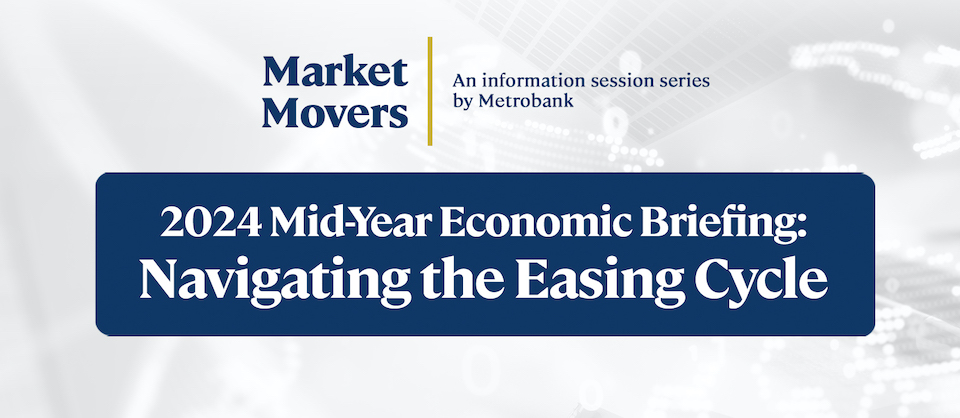
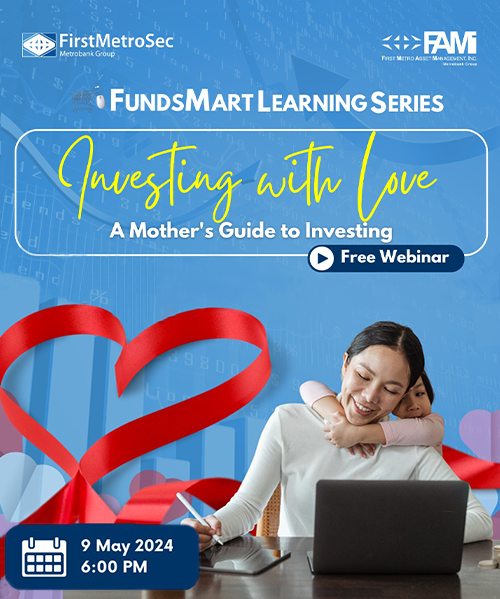

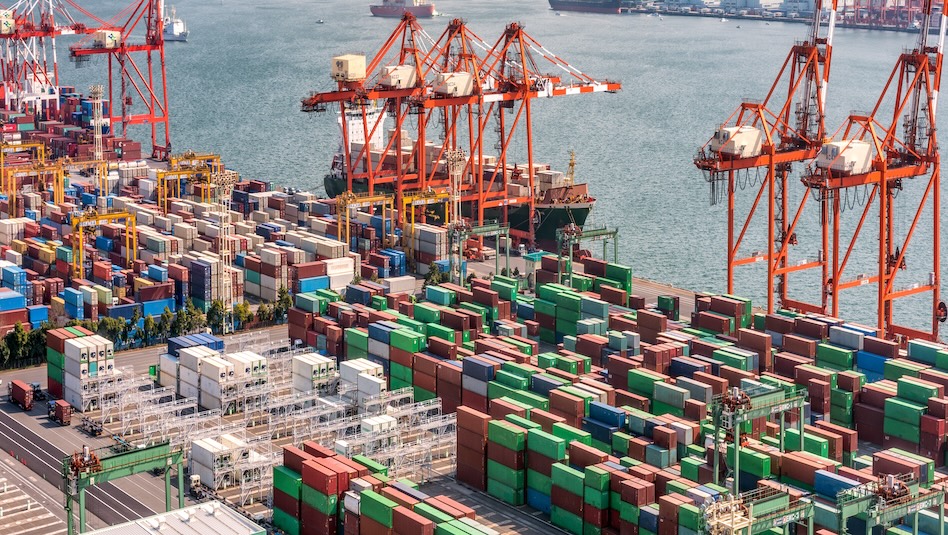
 DOWNLOAD
DOWNLOAD




